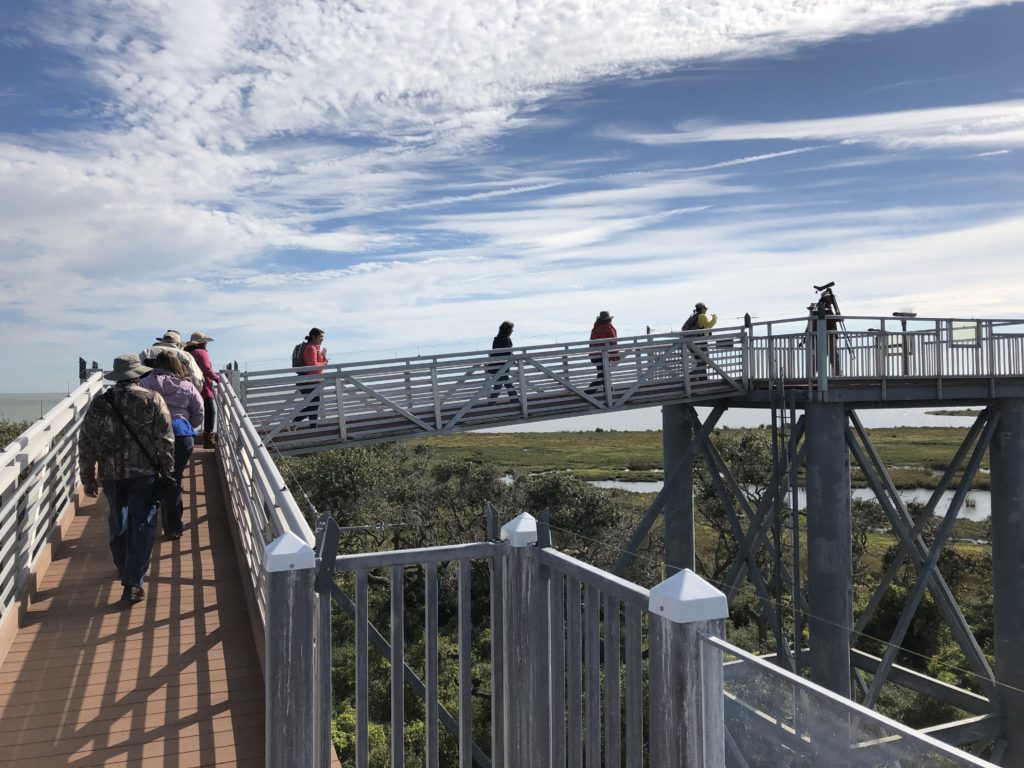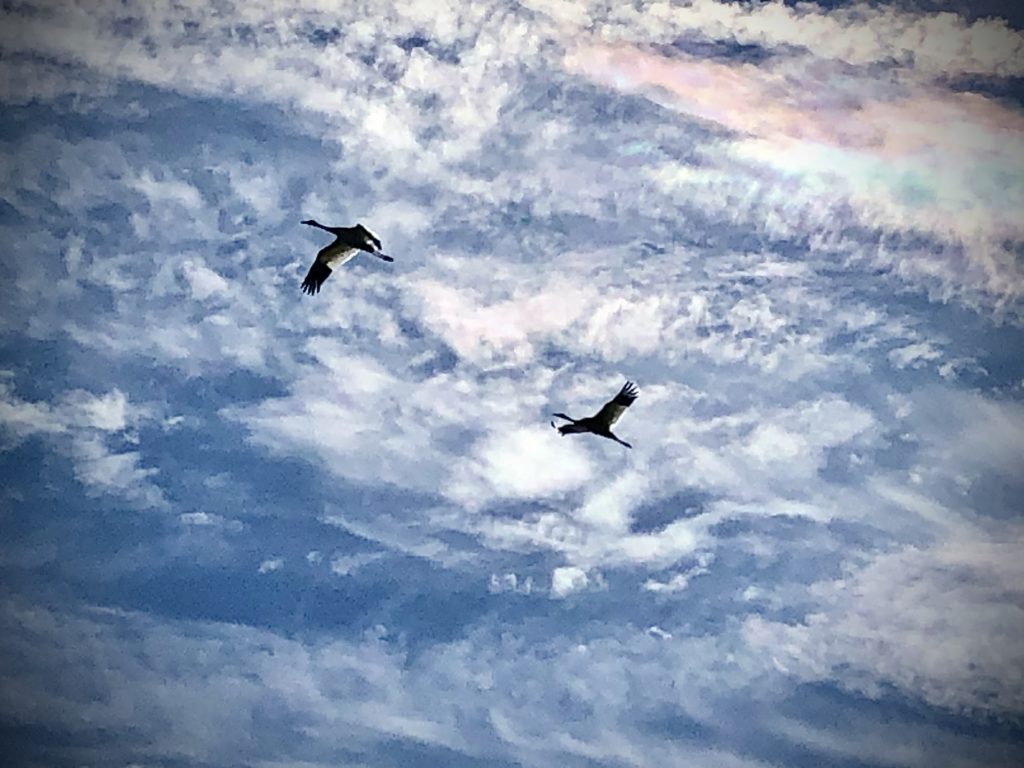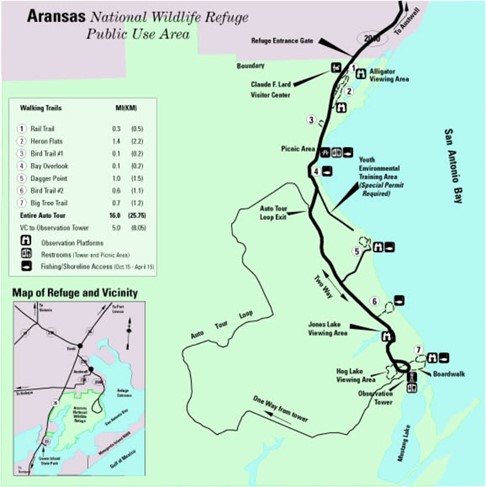2021 TRAINING MATERIALS
Although technically not within the boundaries of the South Texas Chapter, the Aransas National Wildlife Refuge is a regular stop for Initial Training classes and the site provides ample opportunities to our Chapter to practice naturalist activities with access to the wonderful beauty and bounty of the area.
Known most famously as the wintering ground of the whooping cranes, there are many other wonderful animals and plants inhabiting the park. A large congregation of alligators inhabit the Heron Flats area. Songbirds and shorebirds abound. It is short drive up the coast for a delightful day.
ANWR’s mission is unique when compared with other local areas. The Fish and Wildlife Refuges exist with a primary purpose of conservation. There is a lower priority on access and recreation than a state or national park. Activity within the Refuge is restricted and protection of the animals and habitat is paramount.
For information about the Refuge see their website HERE.
Their Facebook Page is HERE.
An essay on the Landscape of ANWR is HERE.
CALLER-TIMES Article on the Aransas Wildlife Refuge HERE









